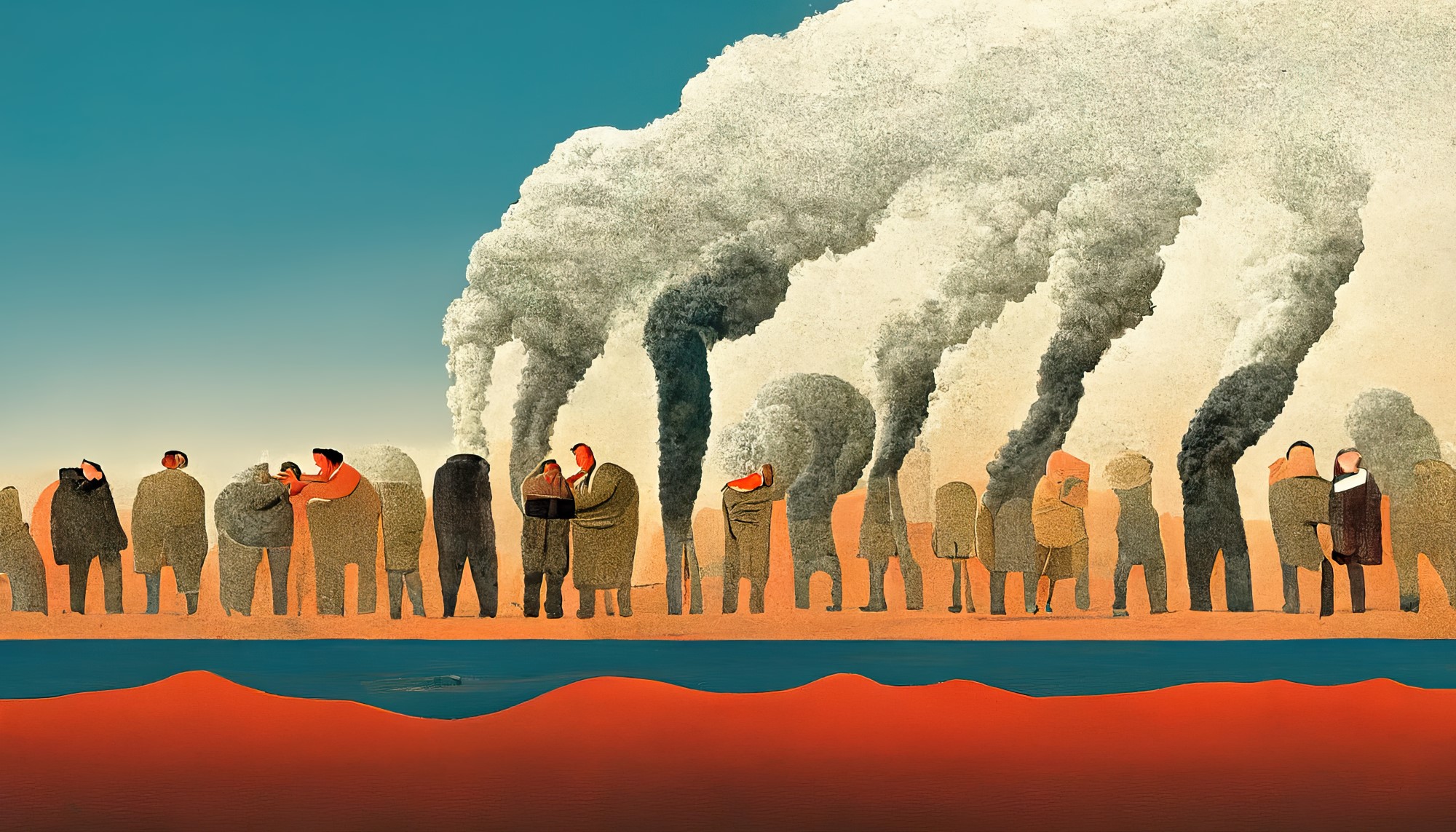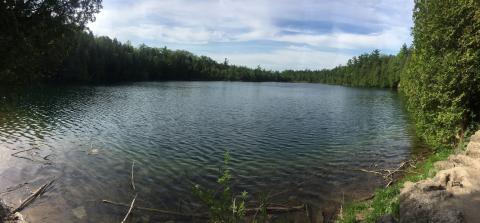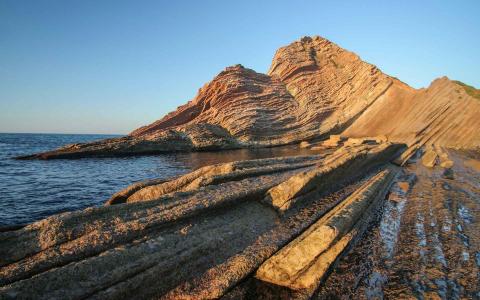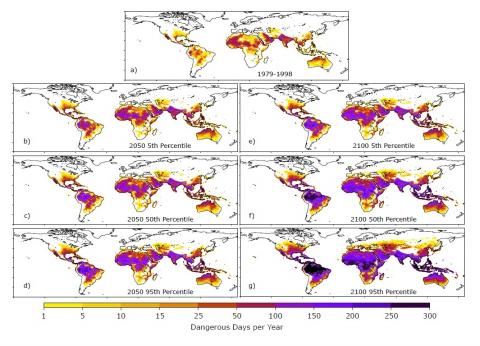What is the Anthropocene?
The term Anthropocene describes a period in Earth's history during which human activities have drastically altered the planet.
According to the Anthropocene Working Group (AWG), formed in 2009 by the International Commission on Stratigraphy (ICS), the phenomena associated with the Anthropocene include:
- A very significant increase in erosion and sediment transport associated with urbanization and agriculture;
- perturbations of the cycles of elements such as carbon, nitrogen, phosphorus and various metals;
- environmental changes including global warming, sea-level rise, ocean acidification;
- rapid changes in the biosphere both on land and in the sea;
- the proliferation and global dispersion of concrete, plastics, and other so-called ‘technofossils’.
"Many of these changes will persist for millennia or longer, and are altering the trajectory of the Earth System, some with permanent effect,” says the AWG.
The concept has been spreading beyond geology in recent decades, for example in the social sciences as well as outside of scientific research. "The Anthropocene has attracted a lot of interest," Alejandro Cearreta, a geologist at the University of the Basque Country (UPV/EHU) and member of the AWG, explains to the SMC Spain. However, as he points out, "the mandate of the group is not to discuss [social issues], but mere geological evidence".
This group includes members from disciplines outside geology, but these don’t have a formal vote.
Is the Anthropocene a geological epoch?
No. The word Anthropocene is used informally but it is not an official geological epoch—this is what generates debate in the scientific community. "The controversy is not about human influence on the environment—we don't question that. It is whether the Anthropocene is a geological unit," Blanca Martínez, a geologist at the Scientific Culture Unit of the Spanish Geological Survey (IGME-CSIC), told SMC España.
The common reference is the International Chronostratigraphic Table published by the ICS (part of the International Union of Geological Sciences, or IUGS). The table is regularly updated; 22 versions of it published between 2008 and April 2023 are available on the ICS website.
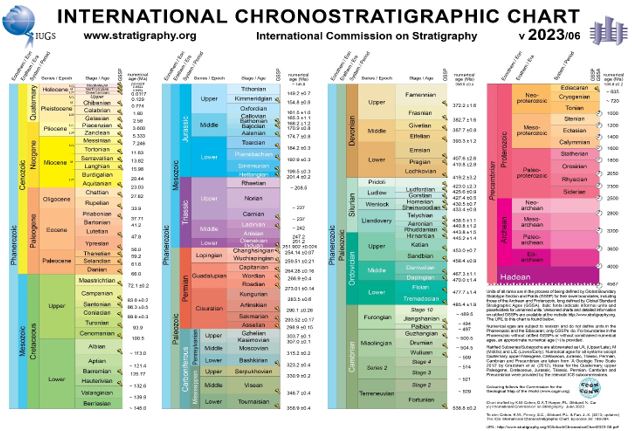
What steps are needed for the Anthropocene to be considered a geological epoch?
To define geological time units, the scientific community follows precise rules and guidelines, formalised by qualified majority votes (more than 60% of voters) in international scientific bodies. The International Chronostratigraphic Table "is a universal language" that researchers use to communicate, says Cearreta, so "it is appropriate that it remains stable" and that the processes for changing the table are conservative.
On 11 July 2023, at the International Congress of Stratigraphy in Lille (France), the AWG proposed a Global boundary Stratotype Section and Point (GSSP), which is a reference site to study the Anthropocene as a possible geological epoch, also called the 'golden spike'. The proposed site is Crawford Lake, in Canada.
A GSSP is an internationally agreed site to define the beginning of a new geological period in rock layers or other geological environments that have accumulated over time.
"If we have enough geological differences, we have to define a place on the planet where that evidence is the clearest, that can be studied and is very complete," says Martínez.
"Crawford Lake is so special because it allows us to see at annual resolution the changes in Earth history," said Francine McCarthy, a geologist at Brock University, Canada and AWG member, at a briefing organised by the SMC Germany. "Within the annually laminated sediments, there are a number of markers, what we call proxies, that are retained in the geologic record that will be retained there for many, many years to come," she added.
Once approved by the AWG, this proposal must go through three more votes:
- Subcommission on Quaternary Stratigraphy.
- International Commission on Stratigraphy (which includes representatives from all the other sub-commissions for different geological periods).
- And finally, a formal ratification by the IUGS.
On 5 March 2024, The New York Times reported that the Subcommission had rejected the proposal with 12 votes in favour, four against and two abstentions. On the same day, other sources warned in El País that the outcome of the vote was not formally confirmed. If this proposal is rejected, the process can be restarted, from scratch, at a later date.

If it is not a geological epoch, how can the Anthropocene be defined?
There are geologists - even within the AWG itself, where they are a minority - who say that "it is not necessary to elevate the Anthropocene to the level of a geological unit," says to the SMC Spain Juan Carlos Gutiérrez Marco, geologist and palaeontologist at the Institute of Geosciences (CSIC-UCM). They propose defining it as a "geological event". This does not require going through all the formal steps of voting, nor does it require global and synchronous indicators, because an event manifests itself in different territories at different times.
When did the Anthropocene begin?
The AWG proposes to place the beginning of the Anthropocene around the great acceleration of population growth and industrialisation after World War II. According to the AWG, radioactive particles scattered around the world from nuclear tests, from 1950 onwards, are a good marker for identifying this period in geological samples from around the globe—such as those collected at Crawford Lake.
Where does the word Anthropocene come from?
The term spread widely in the last two decades after Paul Crutzen, a Dutch meteorologist and Nobel laureate in chemistry, and Eugene F. Stoermer, an American biologist, proposed it to name a new geological epoch. In an opinion piece published in 2000 by the International Geosphere-Biosphere Programme, Crutzen and Stoermer wrote: " it seems to us more than appropriate to emphasize the central role of mankind in geology and ecology by proposing to use the term “anthropocene” for the current geological epoch. The impacts of current human activities will continue over long periods.”
What happened with the RAE?
The Royal Spanish Academy defines the Anthropocene as "said of an epoch: That is the most recent of the Quaternary period, which spans from the mid-20th century to the present day and is characterised by the global and synchronous modification of natural systems by human action".
Last month, the Spanish Association of Geologists asked the Academy's Commission on Scientific and Technical Vocabulary to withdraw or change this definition, reminding it "that the International Union of Geological Sciences has not recognised the Anthropocene as a geological epoch for the time being and continues to consider the Holocene, which began about 11,000 years ago, as the current geological epoch". The RAE also changed the definition of Holocene to: "said of an epoch: Second of the Quaternary period, spanning from about ten thousand years ago to the middle of the 20th century".
